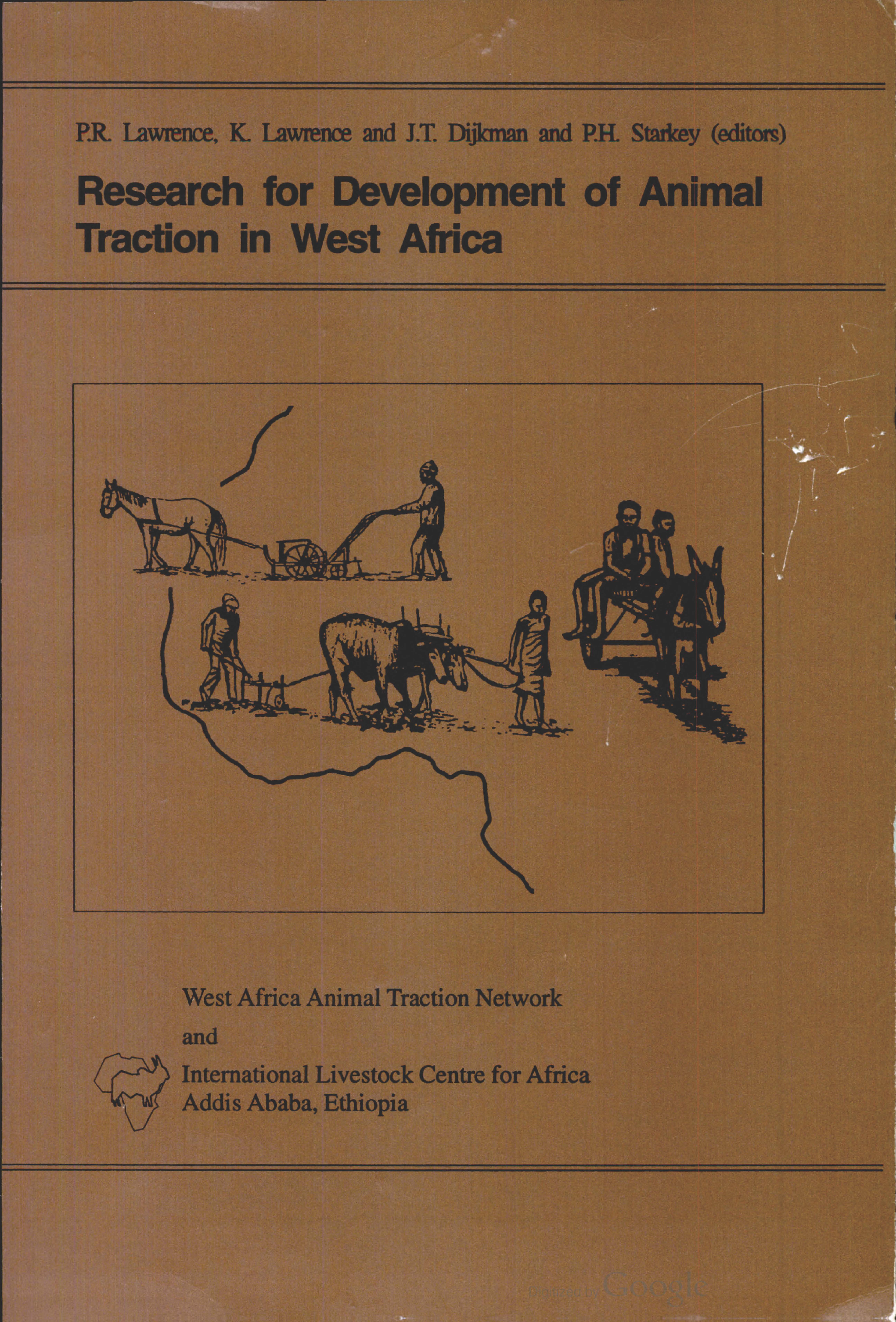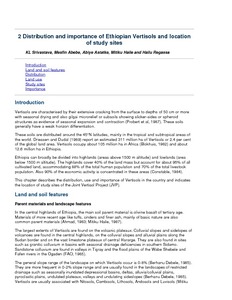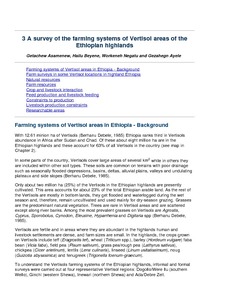Location
Vision, mission and strategy
ILRI's strategy 2013-2022 was approved in December 2012. It emerged from a wide processof consultation and engagement.
ILRI envisions... a world where all people have access to enough food and livelihood options to fulfil their potential.
ILRI’s mission is... to improve food and nutritional security and to reduce poverty in developing countries through research for efficient, safe and sustainable use of livestock—ensuring better lives through livestock.
ILRI’s three strategic objectives are:
- with partners, to develop, test, adapt and promote science-based practices that—being sustainable and scalable—achieve better lives through livestock.
- with partners,to provide compelling scientific evidence in ways that persuade decision-makers—from farms to boardrooms and parliaments—that smarter policies and bigger livestock investments can deliver significant socio-economic, health and environmental dividends to both poor nations and households.
- with partners,to increase capacity among ILRI’s key stakeholders to make better use of livestock science and investments for better lives through livestock.
This is ILRI’s second ten-year strategy. It incorporates a number of changes, many based on learning from the previous strategy (2000–2010, initially produced in 2000 and modified in 2002), an interim strategy (2011–2012) and an assessment of the external and internal environments in which the institute operates.
Members:
Resources
Displaying 996 - 1000 of 1152Evaluation of luteolysis and oestrous synchronization using a prostaglandin analog (Prosolvin) in Boran x Friesian crossbred heifers
Environmental issues and ILCA research agenda
As the only international centre that is solely concerned with African livestock, ILCA has a responsibility to play a lead role in defining the agenda of research issues related to livestock development and environmental policy in Africa. This paper presents a framework appropriate for defining that agenda and for guiding analysis of particular research issues and gives some detail on how ILCA might approach the specific area of range management policy in the arid and semi-arid areas.
Economic analysis of cow traction farm technology in the Ethiopian highlands
Using a linear programming model based on data from smallholdings in the Ethiopian highlands, this paper evaluates the farm level economic efficiency of cow traction and the traditional oxen-pair. Cow traction farm technology has the potential for increasing the net income of farmers at the existing levels of farmers' resources.
Distribution and importance of Ethiopian vertisols and location of study sites
This chapter describes the distribution, use and importance of Vertisols in Ethiopia and indicates the study sites of the Joint Vertisol Project. Land and soil features are examined with particular reference to parent materials and landscape features, soil characterisation (colour, texture and depth-to-root-restricting layer). Distribution of Vertisols along the 12 physiographic regions of Ethiopia is described, the major agro-ecological zones of Ethiopia is listed, and distribution of Vertisols and their associations in Ethiopia is shown.
A survey of the farming systems of Vertisol areas of the Ethiopian highlands
In 1986, ILCA carried out informal surveys at Dogollo and Inewari in order to understand the farming systems. Such surveys were also conducted by the Institute of Agricultural Research (IAR) at Ginchi in 1986 and by the Alemaya University of Agriculture at Ada/Debre Zeit in 1988/89. This was followed by one-time detailed formal farm surveys at Dogollo, Inewari and Ginchi in 1988/89. This chapter mostly presents the results of these formal surveys.





